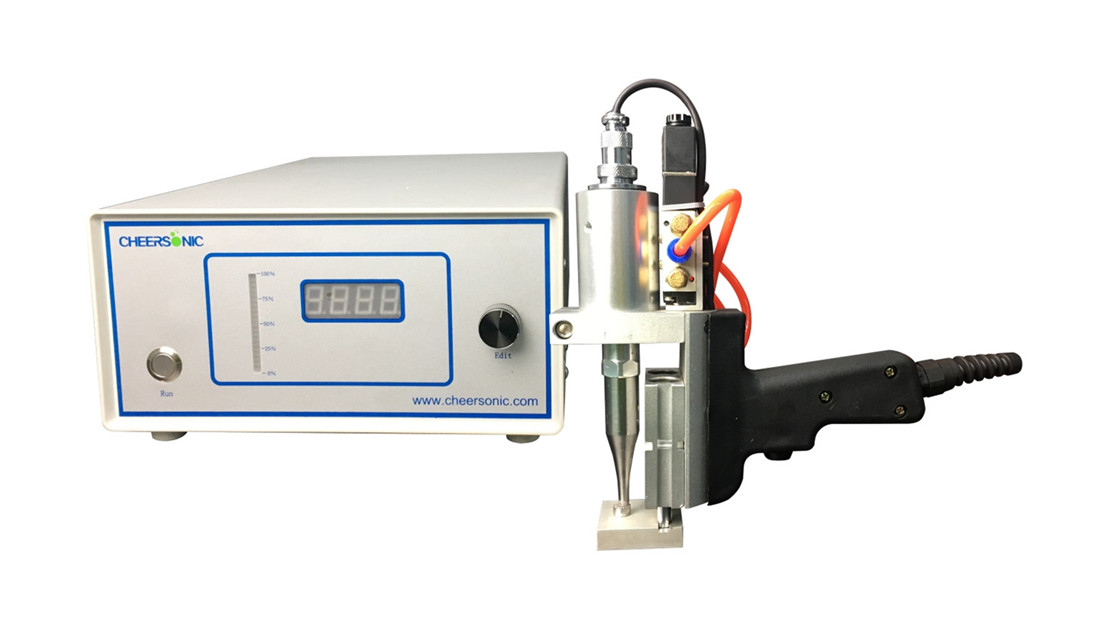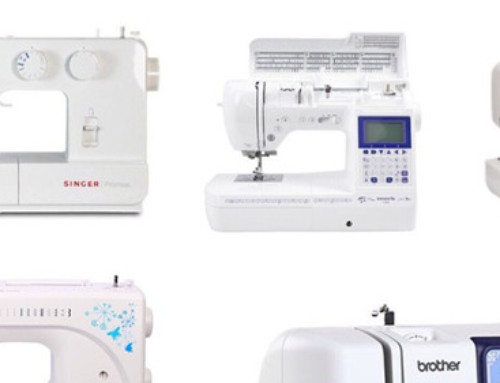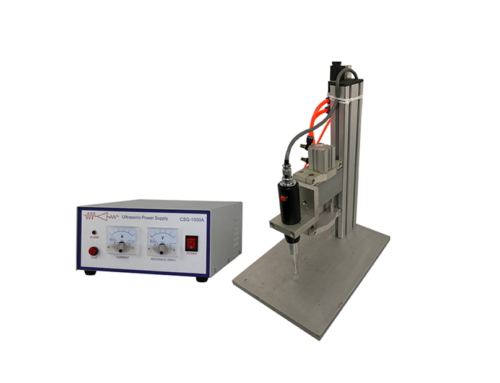Project Description
Principle and maintenance of ultrasonic welding
How does the ultrasonic welding machine generate heat?
Ultrasonic welding technology is a commonly used technology in the field of plastic welding because of its economy, reliability, and ease of automatic integration. Unlike traditional heat sources that directly contact plastics to generate heat, ultrasonic welding generates heat through friction.
Amplitude, frequency and wavelength
In ultrasonic welding, longitudinal waves are transmitted in the form of high frequency, generating low-amplitude mechanical vibrations. The electric energy of the welding machine is converted into mechanical energy of reciprocating motion. In order to understand the relationship between amplitude, frequency and wavelength, and their relationship with heat generation, we need to understand the main components of the ultrasonic welding machine.
The main components of ultrasonic welding machine are power generator, transducer, amplitude modulator (sometimes called horn) and welding head. The power generator converts a 50-60Hz, 120V/240V power supply into a 20-40Khz, a 1300V power supply. This energy is provided to the transducer, which uses a disc-shaped piezoelectric ceramic to convert electrical energy into mechanical vibration, that is, when a high-frequency current passes through the piezoelectric ceramic, the piezoelectric ceramic generates strain displacement.
The converter transmits the vibration to the amplitude modulator. The amplitude modulator amplifies the amplitude of the ultrasonic wave and continues to transmit it to the welding head. The welding head continues to amplify the amplitude of the ultrasonic wave and comes into contact with the part. Finally, the energy is transferred to the welding rib positions of the two parts of the assembly. Because the welding rib is designed with a sharp point, the energy is concentrated at the sharp point, and friction generates heat under pressure. This heat is generated by two kinds of friction, one is the surface friction between the upper and lower parts of the material, and the other is the intermolecular friction within the material. It is the heat generated by friction that makes the upper and lower parts melt and connect together at the welding position.
Understanding the heating rate
For the same material, three factors determine the heating rate: frequency, amplitude and welding pressure. For existing equipment, such as 15Khz, 20Khz, 30Khz or 40Khz machines, the frequency is fixed. So the heating rate can usually be changed by welding pressure. Generally, the higher the pressure, the faster the heating rate. In addition, you can also change the amplitude, as with the pressure, the larger the amplitude, the faster the heating rate.
Of course, excessive pressure and amplitude will also adversely affect welding quality, such as material degradation, leakage, cracks, and flash. Therefore, ultrasonic welding needs a process to optimize the process parameters. After the parameters are determined, the welding process can reach a stable output, with fast speed and high welding strength. This is why ultrasonic welding is widely used in mass production.
Time, distance, power and energy
The amount of heat required for welding depends on the type of material, weld design and equipment specifications. The traditional method of controlling heat is to weld through time mode, that is, welding for a certain time, such as 0.2-1s (generally less than 1s). However, today’s ultrasonic welding equipment can often set and monitor the welding distance, power and energy. Properly trained operators can also adjust parameters according to actual conditions and different materials to obtain consistent welding results. This also greatly improves the flexibility and reliability of welding.
Tips for daily maintenance of ultrasonic welding machine
Daily maintenance of the ultrasonic welding machine to ensure that it can work normally, in order to prolong the equipment life and save more resources.
The first point
After welding, the ultrasonic welding machine discharges the moisture in the air filter (operate under pressure when the air source is not turned off) to prevent the accumulated moisture from being brought into the air valve and cylinder by the compressed air and cause damage;
Second point
Clean the machine regularly, especially the wiring of all electrical components, so as to prevent the accumulated dust from igniting when encountering humid air;
Third point
If the machine is out of service for a long time, check whether the electrical connections are well connected and there is no moisture before reopening the ultrasonic welding machine. And turn the “manual/automatic” switch of the electric control box to the “manual” position, and the test equipment can be used officially after normal;
Fourth point
Grease the cylindrical surface of the guide pillar regularly to reduce wear.




